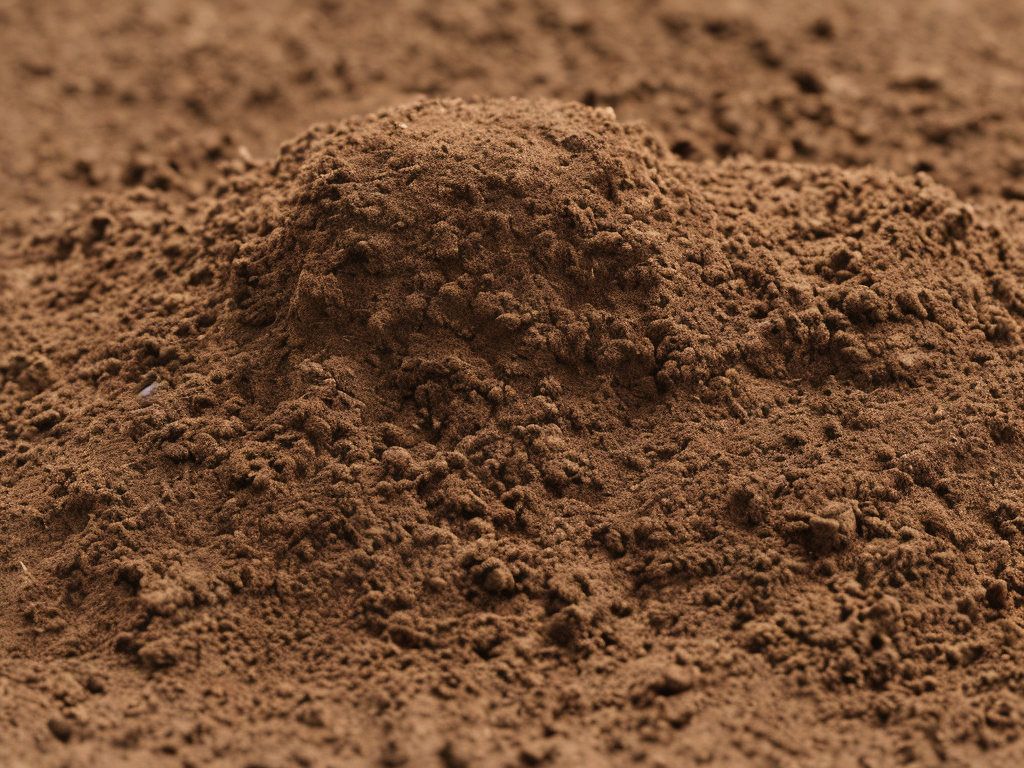
Soils come in different types and varieties, each with its unique physical and chemical properties, which can impact plant growth and agricultural productivity. Two of the most common soil types are sandy and loamy soils.
Sandy Soil
Sandy soil is characterized by its high percentage of sand particles, which typically account for about 70-90% of its composition. Sand particles are large, ranging in size from 0.05 to 2mm, with a rough texture. Sandy soil is free-draining, meaning it does not retain water or nutrients very well. It is also often very light and easy to till, making it suitable for planting and cultivation.
One of the significant advantages of sandy soils is their ability to warm up quickly in spring, making them a popular choice for early planting. However, sandy soils have several disadvantages. Because they are poorly compacted, they do not retain water or nutrients, which can lead to plant stress and poor growth. Sandy soils are also highly susceptible to erosion because they are easily blown away by the wind.
Despite the challenges, sandy soil has some advantages. For example, sandy soils are highly suitable for many crops like watermelons, tomatoes, peas, and carrots. They are also quite easy to work with and require minimal effort to till. However, farmers need to take extra care and use plenty of organic matter, such as compost and mulch, to improve soil water and nutrient retention.
Loamy Soil
Loamy soil is a type of soil that contains an almost equal amount of sand, clay, and silt particles, creating a balanced mix that is well suited to plant growth. Loamy soils are considered fertile and productive because they combine the best properties of sandy and clay soils.
One of the significant benefits of loamy soil is that it retains water and nutrients quite well, providing an ideal environment for plants to grow and thrive. In addition, loamy soils are typically rich in organic matter, making them highly fertile and productive.
Loamy soils are extremely versatile and are suitable for many types of plants, including vegetables, fruits, flowers, and shrubs. They are also relatively easy to work with. They can be tilled easily, leading to good germination and strong plant growth.
However, loamy soil also has some disadvantages and challenges. They can be prone to compacting, leading to poor water drainage and insufficient aeration, which can harm plant growth. Loamy soils can also be relatively more expensive to maintain as it requires the use of several inputs such as fertilizers, mulches, and compost to sustain and improve nutrient levels required by plants.
In summary, while there is no perfect soil type, loamy soil is generally considered the best option for plant growth as it is well balanced, fertile, and productive. Sandy soils, while less desirable, can still be useful for specific crops, especially those that require good drainage and warm soil temperatures. By understanding the differences between these two soil types, farmers can make informed decisions about which soil type to use for their crops. Ultimately, the type of soil used will depend on several factors, such as the type of plant being grown, the specific crop needs, and the farmer's goals. For example, sandy soil may work well for a farmer trying to maximize early crop sales, while loamy soil may be ideal for a farmer who wants a long-term sustainable farming plan.
 Self-Instruct
Self-Instruct